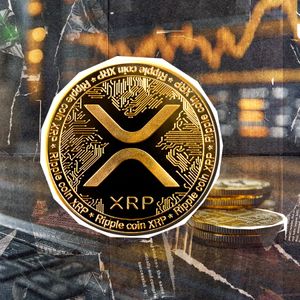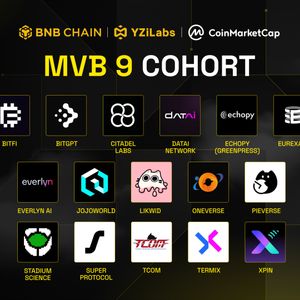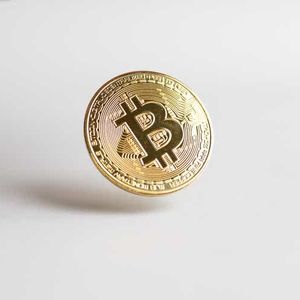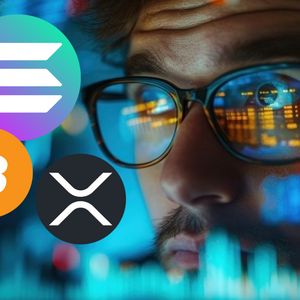Despite the grumbling of the older, more experienced crypto natives about grifting in the space reaching an all-time high, the crypto market is currently in the middle of a resurgence that has seen trading volumes increase and market depth restored to pre-FTX levels, especially where BTC, ETH, SOL, and XRP are concerned. This is why Kaiko Research decided to revisit its asset liquidity ranking, and the latest release has revealed some interesting facts but the most curious one by far is that very few large-cap tokens have liquidity rankings that closely match their market cap, with notable outliers like LEO and HYPE showing especially misleading liquidity statuses. What Kaiko Research’s analysis revealed Kaiko introduced the asset ranking following FTX’s collapse, hoping it would take care of the limitations presented by using market cap alone to measure a token’s true value. A good example of why this is important was observed with FTX’s native token, FTT, whose market cap reached an all-time high of nearly $10 billion even though it did not have the liquidity to support that valuation. Comparison of market cap and liquidity to check the accuracy of digital asset valuation. Source: Kaiko Research According to a chart supplied by Kaiko Research, only a few large-cap tokens, namely BTC, ETH, SOL, and XRP, can boast liquidity rankings that closely match their market cap. Outliers include Bitfinex’s token LEO as well as WBTC and HYPE, which excel at misleading investors who depend solely on the market cap as a proxy for liquidity. The misalignment is mostly due to the fact that these tokens have a limited number of actively traded pairs, with only seven markets offering liquidity for LEO. HYPE, on the other hand, has a significant portion of its supply locked, specifically allocations for core contributors, which reduces its available liquidity. Kaiko Research’s asset ranking considers five key factors before ranking the tokens. They include: 1% and 0.1% market depth, the number of liquid exchanges, bid-ask spread, and trade volume. The named factors are generally correlated, but bid-ask spreads often highlight notable divergences. In the past quarter, XRP, PEPE, and LINK all had wider spreads than their liquidity rankings suggest, while DOGE, RNDR, and exchange tokens like BGB (Bitget) and GT (Gate.io) fared better. Kaiko believes the discrepancies observed in terms of spreads are most likely influenced by exchange fee structures and competition among liquidity providers on each platform, particularly the presence of designated market makers. An emerging trend and what it suggests There is an apparent increase in on-chain trading activity, which is a good thing because it often attracts more market makers, thereby creating a self-reinforcing cycle. Kaiko’s analysis reports that BTC continues to maintain its dominance in trade volume, but alts like SOL and XRP are gradually gaining ground. The implication of this emerging trend is that the crypto market is becoming less concentrated, and more liquidity could potentially be flowing into altcoins soon. However, Kaiko believes the trend is still in its infancy because more than half of the top 50 tokens still find it difficult to attract more than $200 million in average daily volume. In a short-term scenario, if trading activity becomes too high relative to available liquidity, price instability could occur. The volume-to-liquidity ratio measures trading activity relative to available market depth at the 1% price level. So, a higher ratio implies there was a greater price impact from large trades. Kaiko is adjusting to the increased attention to crypto in the US Since the US election in November, the financial markets have been on the up and up, particularly in crypto, where BTC led the rally and surged above $105k just before the inauguration festivities. BTC was not the only asset that benefited from this rally as it extended to other assets such as XRP and SOL, with the latter reaching all-time highs while XRP dominated volumes. In a bid to capitalize on the US momentum, Kaiko Indices launched the Kaiko EAGLE Index, which was driven by an in-house regional classification and designed to be sector-agnostic. Kaiko could not have launched the initiative at a better time, as it coincides with the new, crypto-friendly regulatory environment in the US and the growing demand for crypto-related infrastructure. Cryptopolitan Academy: Are You Making These Web3 Resume Mistakes? - Find Out Here
 XRP at Risk: Here’s What to Expect
XRP at Risk: Here’s What to Expect












